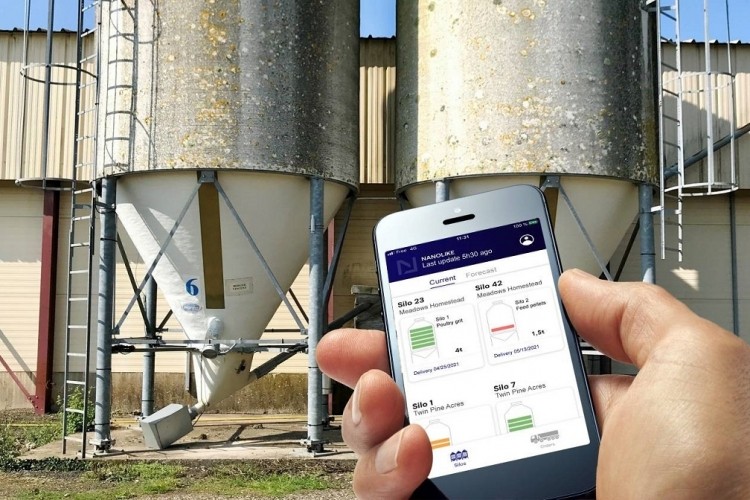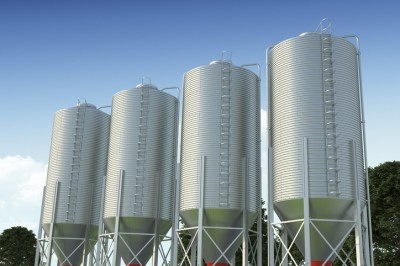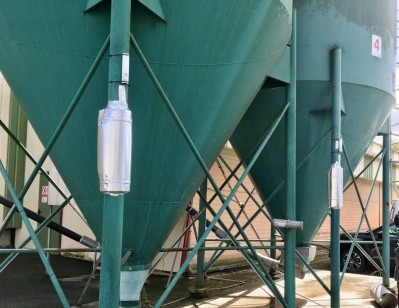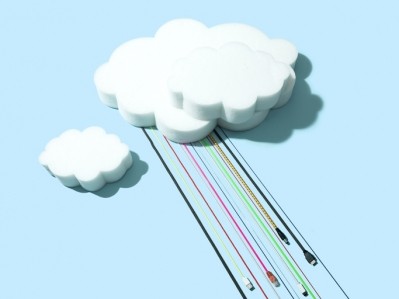Nanolike looks to expand 'disruptive' silo sensor technology across the UK

Although the UK market is already highly-connected, the company claims its Nanolike IoT solution is attracting growing interest because of its “disruptive character”.
In June this year, Nanolike introduced new digitized silo fill level monitoring technology for the livestock industry. The goal: to simplify the inventory and order management processes of pig, poultry and cattle farmers, and to optimize the supply chain processes of animal feed producers and suppliers who replenish the silos.
“This not only saves costs but also reduces the environmental impact as it enables route optimization. What makes the new digitized silo fill level monitoring solution stand out is the highly efficient sensor and cloud connectivity technology, using the Sigfox 0G wireless network. Requiring zero maintenance for years, the solution needs neither an external power supply nor a data line, which saves costs and ensures that the digitization investment is amortized very quickly. This makes Nanolike technology highly disruptive, as it can replace any alternative sensor technology used exclusively to manage replenishment management.”
Silo manufacturers can include this technology in their portfolios and animal feed producers and suppliers aiming to offer their customers automatic replenishment, vendor-managed inventory (VMI) or similar solutions as part of their digitization strategies, can also leverage the tool, said the French company.
A spokesperson for Nanolike told FeedNavigator: “We are open to collaborate with feed manufactures, and we receive regular requests from such companies for custom specific developments. These range from rebranding our solutions to developing dedicated customer specific features and functionalities.”
The technology is also being deployed in in fish farming operations.
Based in the French high-tech region Toulouse, Nanolike said it developed the IoT technology for silos at the instigation of two key players in the French agri-food sector, Cooperl and Even, who were looking for a way to anticipate customer needs and streamline their logistics processes while reducing CO2 emissions by optimizing delivery routes.
Following the award of a €2m (US$2.3m) grant from the EU in 2018 and spurred by its success on a national scale, Nanolike decided to strengthen its presence in one of the key animal feed markets in Europe and opened a new entity in Munich, in Germany.
Fill levels
Quickly and easily mounted on the exterior base of the silo, the Nanolike sensors give users 24/7 access to information on fill levels and demand forecasts in real-time.
“This digital solution makes it much easier to monitor the silo fill levels and greatly reduces users’ workload as they no longer have to climb to the top of silos at different locations to check the fill levels. Instead, all required inventory management tasks can be done in less time from the safety of the office. An integrated early warning system alerts the silo operator to potential bottlenecks, which helps to prevent feed shortages,” continued the company.
Based on real-time data, the mobile application also facilitates the automation of purchase processes as silo operators can choose to place orders directly from their smartphones, said the developer.
“Such an integrated solution, which can be implemented with just a few clicks, greatly simplifies communication between livestock farmers and their suppliers. What is more, it makes it possible to optimize the supply to distributed silos at a higher level, leading to overall savings in transport logistics, which ultimately also improves the long-term CO2 balance. The data from the Nanolike sensors are consolidated in a central cloud from where they can be imported into existing software systems and customer clouds or retrieved via smartphone app at any time.”








